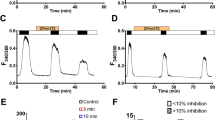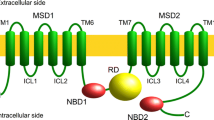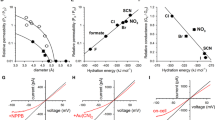Abstract.
Cystic fibrosis transmembrane conductance regulator (CFTR) chloride channels are regulated tightly by protein kinases and phosphatases. The regulatory domain of CFTR has about 20 potential sites for phosphorylation by protein kinases A (PKA) and C (PKC). The reason for this large number of sites is not known, however their conservation from fish to humans implies that they play important roles in vivo. PKA is an important activator, and its stimulation of CFTR is enhanced by PKC via mechanisms which are not fully understood. The physiological stimuli of CFTR are not known for some epithelia, and it appears likely that other serine/threonine and even tyrosine kinases also regulate CFTR in particular tissues. Phosphatases that deactivate CFTR have yet to be identified definitively at the molecular level, however CFTR is regulated by a membrane-bound form of protein phosphatase-2C (PP2C) in several cell types. Patch-clamp studies of channel rundown, co-immunoprecipitation, chemical cross-linking studies, and pull-down assays all indicate that CFTR and PP2C are closely associated within a stable regulatory complex. Understanding the regulation of CFTR by PP2C is a priority due to its potential as a target for pharmacotherapies in the treatment of cystic fibrosis.
Similar content being viewed by others
Author information
Authors and Affiliations
Additional information
Electronic Publication
Rights and permissions
About this article
Cite this article
Dahan, D., Evagelidis, A., Hanrahan, J.W. et al. Regulation of the CFTR channel by phosphorylation. Pflügers Arch - Eur J Physiol 443 (Suppl 1), S92–S96 (2001). https://doi.org/10.1007/s004240100652
Issue Date:
DOI: https://doi.org/10.1007/s004240100652




